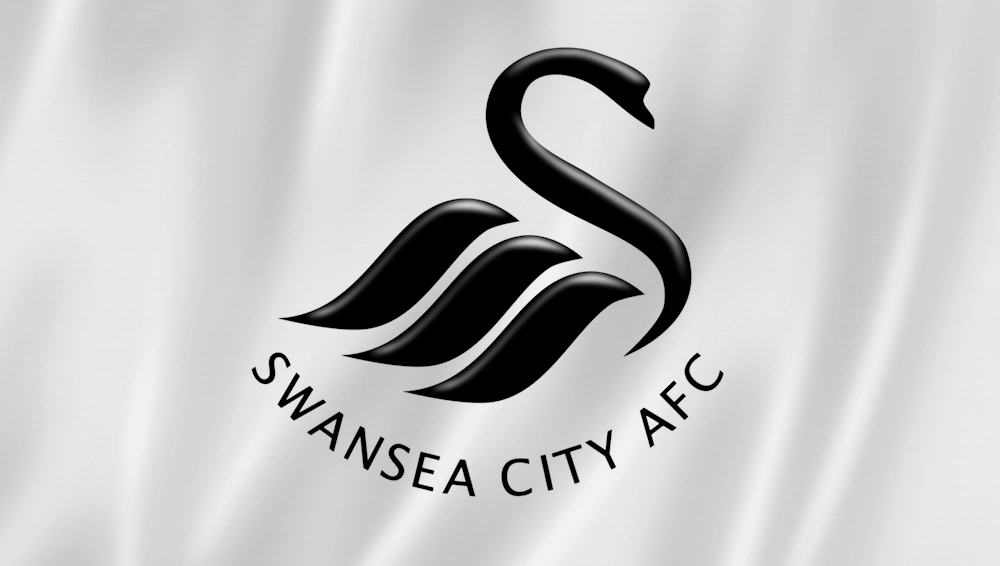Toshack's miraculous Swansea
A promotion is usually an achievement that is sometimes seen as more difficult than being champion of a cup or a first division league. The difficulties and parity found in the lower divisions make these tournaments very close and, therefore, more difficult to emerge victorious.Now, imagining 3 promotions in 4 years sounds almost miraculous and it is something that Swansea City did in the late 70s and early 80s, led by John Toshack who, at that time, was taking his first steps in the world of management.

History of Swansea City
Football is one of the most popular sports in Wales along with rugby and, like in its neighbors, England, it began to be organized at the end of the 19th century although, in the case of Wales, the organization was more focused on the national team than on club level. Hence, the Welsh clubs competed in the English leagues and it would not be until 1992, when the Cymru Premier (first tier of Welsh football) was born, that they could compete in their own national league, although four Welsh clubs decided to remain in the English football structure, one of them, Swansea City.The Swansea region was traditionally inclined to rugby and that is why previous attempts to establish a football club in the city had failed until 1912, when Swansea Town was born. A year later they would begin to participate in the Second Division of the Southern League and after World War I they would move to the First Division of the same league because the second category had disappeared. After World War II, they would enter the Third Division of the Football League but shortly after they would achieve promotion to the second tier where they would establish themselves for several years.
In 1965, the club's fall to the fourth tier began, which was accompanied by many situations, from the change of the club's name in 1969 to Swansea City to a car accident where two of the club's players, Roy Evans and Brian Purcell, died in that same year. In 1975, club legend Harry Griffiths (played more than 400 games for the club in 15 years), who had held various positions at Swansea City as a coach, coach and assistant over the last 11 years, took over as manager of the first team.
After three years in the position and having done a good job, he decides to resign and then agrees to remain at the club as assistant to his replacement, a young John Toshack.
Toshack
Nowadays, Toshack's managerial role is much more remembered (especially due to his time in Spain) than his role as a player, which was also quite good. The Cardiff native had an inclination for sport that led him to practice football but also rugby and cricket. In fact, he seemed to be in good condition for rugby but a shoulder injury made him opt for football. At school level he broke several records that led him to be called up to the Wales under-15 national team and then sign a contract at the age of 16 with Cardiff City.At the Welsh club he broke the precocity record at that time for both a debutant in the first team and a goalscorer. At that time, Cardiff was in the Second Division where with each passing season, Toshack was improving its performance and at the same time arousing the interest of First Division teams. It would be when the Welsh striker was 21 years old that he would make that jump to the first tier, when Bill Shankly's Liverpool signed him. He would remain at the Reds for 8 years, winning the First Division 3 times, the FA Cup once, the UEFA Cup twice and Liverpool's first European Cup.
Player-Manager
At only 29 years old, Toshack saw himself more as a manager than as a player and that was why at the end of his contract with Liverpool, he began to look for options to be a manager, being rejected by several teams including Cardiff City. Swansea City contacted him and after a meeting, The Swans decided to offer him the position of player-manager, taking the place left by Harry Griffiths and becoming the youngest manager in the Football League. That role of player-manager was a little more frequent before than today, although few did it for as many years as Toshack.Swansea, in Toshack's first season in charge (1977-78), was in the Fourth Division although the expectation around the team was absolute in the city; it was about a Liverpool European champion player playing and coaching a Welsh team. The Cardiff native implemented changes to the players' training and daily routines that he learned from Shankly and Paisley at the Reds, leaving some tactical aspects to Griffiths, who had enormous influence on the team. The result was a first promotion after finishing third in the Fourth Division standings. Shortly before securing the promotion, Griffiths died suddenly of a heart attack.
The team would have a very good season back in the Third Division, to the point of finishing third again and achieving its second consecutive promotion, achieved thanks to a goal from Toshack himself against Chesterfield. 14 years later, Swansea was once again playing in the second tier of English football, finishing in 12th place. Another third place in the 1980-81 season led Swansea City to play in the First Division for the first time in its history. Those 3 promotions in 4 years is a record in English football, curiously achieved by a Welsh club.
As if this were not enough, in their first season in the elite, they finished in sixth place and qualified for the Cup Winners' Cup preliminary round. From there, the team had a free fall, including two consecutive relegations, which ended up returning to the Fourth Division, with the dismissal of Toshack in the middle. Swansea would experience something similar again in the first decade of the 2000s.
